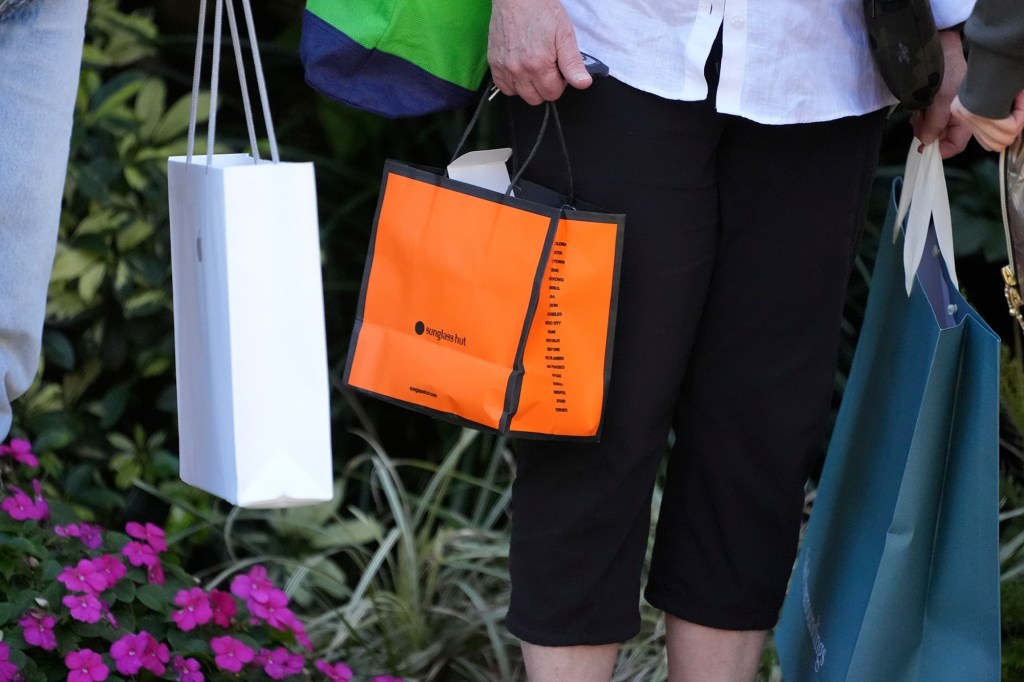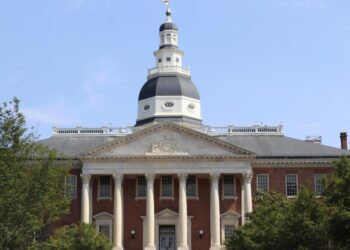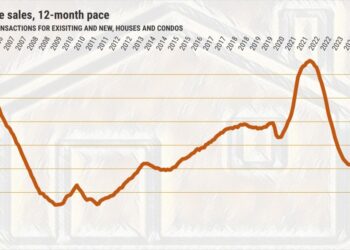By CHRISTOPHER RUGABER | AP Economics Writer
WASHINGTON — Consumer prices in the United States picked up last month, a sign that inflation remains a persistent challenge for the Federal Reserve and for President Joe Biden’s re-election campaign, both of which are counting on a steady easing of price pressures this year.
Prices rose 0.4% from January to February, higher than the previous month’s figure of 0.3%, the Labor Department said Tuesday. Compared with a year earlier, consumer prices rose 3.2% last month, above January’s 3.1% annual pace.
Excluding volatile food and energy prices, so-called “core” prices also climbed 0.4% from January to February, matching the previous month’s rise and a faster pace than is consistent with the Fed’s 2% inflation target. Core inflation is watched especially closely because it typically provides a better read of where inflation is likely headed.
RELATED: Fed expects a bunch of interest rate cuts … just not right now
“It’s a disappointment, but not a disaster,” said Eric Winograd, U.S. economist at asset manager AB. “The underlying details are more encouraging than the top-line number, which was boosted by a few volatile categories — the type of prices that tend not to repeat month-to-month.”
Those volatile items include gas prices, which jumped 3.8% just from January to February but are still below their level of a year ago. Air fares surged 3.6% after two months of much smaller increases. Clothing prices rose 0.6% after three months of declines but are unchanged compared with a year earlier.
Housing and rental costs, though, which tend to change more gradually, cooled in February: They rose 0.4% from January, slower than the 0.6% increase the previous month. Measures of new apartment leases, which have cooled, are expected to feed into the government’s inflation data in the coming months.
New car prices ticked down 0.1% in February. Though these prices remain much higher than they…
Read the full article here







